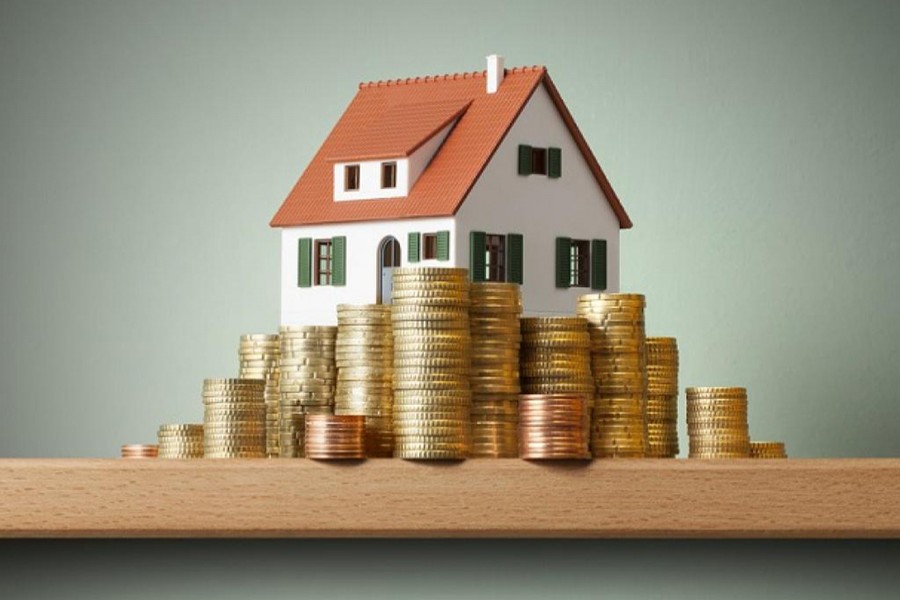Family debt lowest in 14 years: Global study
BD lags behind Asian economies, economists say

Published :
Updated :

The country's household debt as percentage of gross domestic product (GDP) has been shrinking over the years from its peak in 2005.
The household debt means the purchase of residential property and cars.
The household debt, which was 5.1 per cent of the GDP in 2005, fell to 4.1 in 2010. It further decelerated to 3.5 per cent in 2015.
The percentage dipped to 3.3 per cent in 2018, lowest in 14 years, according to data prepared by the Institute of International Finance (IIF), a Washington-based organisation.
This falling trend signifies that people's involvement with the financial sector is decreasing even though Bangladesh's economy is expanding.
Usually household debt grows in line with economic expansion and it is believed that the falling trend is an exception.
The IIF is the global association of the financial industry, with close to 450 members from 70 countries.
In India, this trend is upward while in case of Pakistan the trend is also going down but not the way Bangladesh experiences.
Indonesia is one of the fastest-growing economies of Asia, with the household debt heading upward.
Economists view that this is happening as the depth of Bangladesh's financial sector is low.
They also said the financial sector, which has been struggling with a high volume of non-performing loans, is less focused on the household debts.
"Bangladesh's financial market has not deepened yet adequately to raise the household debt," said Dr Ahsan H Mansur, executive director at the Policy Research Institute of Bangladesh (PRI), a private think tank.
He said the household debt is involved with mortgage and this is yet to develop in the country leading to poor home-related financing.
"To my mind, the government's policy and diversified products are required to boost such debt," he noted.
Dr Zahid Hussain, lead economist at the World Bank's Dhaka office, said Bangladesh's financial market is less-developed than in other Asian economies and this is reflected in this indicator.
"We're falling behind day by day …" he said.
He said since the banking system is now crippled with troubled loans, it cannot think about expanding services.
"How can the banks show courage to invest in the areas?" he said.
Dr Hussain said currently Bangladesh's household loans mostly depend on immovable property as collateral and it is one of the constraints to expanding the loans.
"We've been working with the central bank of Bangladesh to introduce movable property as security to diversify the age-old collateral system," he noted.
On the other hand, people in the banking sector view that the country's financial market is presently urban-based and that's why the debt is falling.
Association of Bankers' Bangladesh Limited Chairman Syed Mahbubur Rahman told the FE: "Actually our market is yet to mature…"
"I believe a few cities -- Dhaka, Chattogram and Sylhet -- have higher household debts but the other cities and towns have remained outside such facilities," Mr Rahman said.
"In my view, only microcredit is the main source of household debts in the rural areas," he added.
According to a study of the Bangladesh Institute of Bank Management (BIBM), more than 80 per cent of the bank finances are concentrated in urban areas.
He, however, said this contraction in percentage is true, but in absolute value this is rising at slow pace compared to the economic expansion.
jasimharoon@yahoo.com


 For all latest news, follow The Financial Express Google News channel.
For all latest news, follow The Financial Express Google News channel.